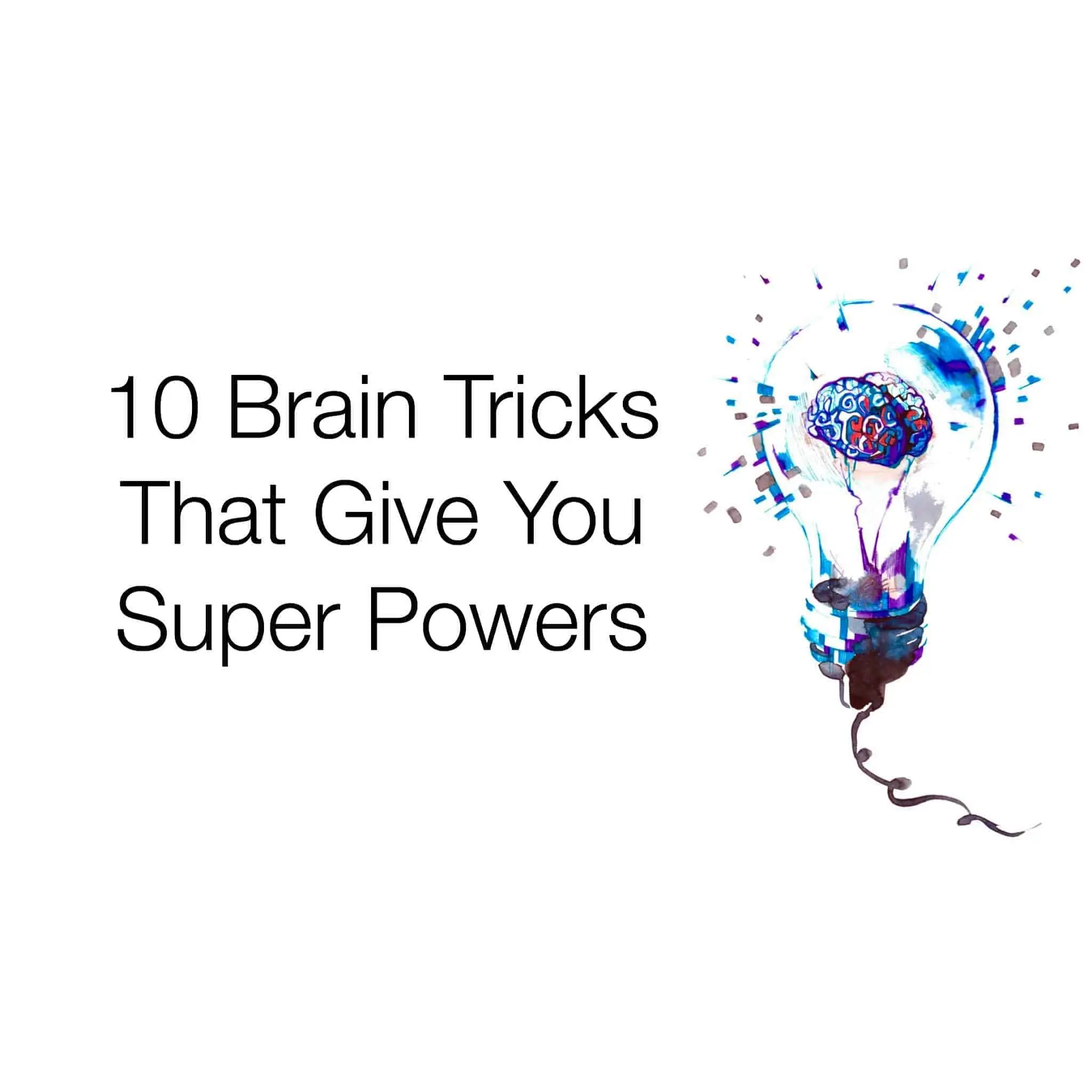The human brain is the last, and greatest, scientific frontier. It is truly an internal cosmos that lies contained within our skulls. – Joel Davis, ‘Mapping the Mind: The Secrets of the Human Brain & How It Works’
Mr. Davis penned these prophetic words in 1997 – seven years after 41st President George H. Bush declared 1990 “The year of the brain.” Davis’ work was the direct product of a massive amount of research and discovery that had taken place within that seven year span. Despite of the remarkable progress that was made within that timeframe, Davis knew that we had only begun to scratch the surface of this mysterious organ.
However, even he may not have predicted the astonishing advancement that has taken place thus far in the 21st century. This 2014 quote by Michael Stryker – a renowned neuroscientist at the University of California, San Francisco – says it all:
“I feel really sorry for the people (neuroscientists) who retired five years ago. Neuroscience now is a completely different world from how it used to be.”
Indeed. Consider these fields of scientific discovery and it’s advancements in the last 10 years alone:
– Neurogenetics – doctors can now discover neurological and developmental abnormalities using a simple blood test. This includes testing of fetuses.
– Brain mapping – new advanced and detailed imaging of the brain’s structure.
– Neuroplasticity – the discovery that the human brain’s structure and function is pliable past childhood; most notably, that we can improve intelligence and recover from debilitating injury.
– Cognitive Behavioral Therapy (CBT) – utilizing CBT to combat anxiety disorders, bulimia, stress, anger and psychosomatic illness.
– Neural implants – cutting-edge research that focuses on the implantation of prosthetic devices in the human brain. Progress has been made with paralytics and may one day help eliminate mental illness.
Many of these incredible advances were prompted by the successful completion of the Human Genome Project in 2003. Given the rapid pace at which these advances were made, many experts’ predictions read like a sci-fi novel: a cure for blindness, the ability to erase memories and Wi-Fi microchip implants.
Despite all of these cutting-edge advancements and futuristic plans, the brain is quite capable at producing some amazing things without them. Scientists have participated in many studies and experiments (some of them noted below) with the specific aim for demonstrating the power of the mind. And some of the results were mind-blowing.
This leads us to 10 ways that we’ve discovered that showcase some of our more interesting brain powers.
Here are 10 tricks that literally give your brain super powers:
1. Our brain can (legally) hallucinate
Well, this brain trick is technically called the Ganzfeld effect, and it works by playing a trick on the mind through reducing sensory input. Some people have reported hearing the voice of a deceased relative or seeing dancing horses. No kidding.
Here are the instructions (required items: a ping pong ball, a radio with headphones, and a red light):
– Tune the radio to a station with static and put on the headphones.
– Cut the ping pong ball in half and tape over each eye.
– Turn on the red light so it’s facing towards the eyes.
– Remain the position for at least a half hour.
2. Raising our eyebrows makes us more creative
According to a study published in the Creativity Research Journal, simply raising our eyebrows can induce creativity. This brain trick is achieved through the activation of our two types of attention – perceptual and conceptual.
Perceptual attention is the type that is responsible for our physical experiences, while conceptual attention relates to our mental processes. Since these two attention faculties are linked, they can be manipulated to produce some interesting effects. When the eyebrows are raised, this results in the stimulation of our perceptual attention. By default, this brain trick also stimulates our conceptual attention, which can result in creative connections that were not present before.
3. Music boosts our immune system
The fact that music reduces cortisol levels in the brain may not be too surprising. What is shocking is the extent to which our brain/body connection can take our favorite tunes and use them to heal our entire immune system.
Our bodies are inseparably linked to the chemical makeup of our brain. By reducing our stress levels, we effectually produce more antibodies to fight off disease and other ailments. Over time, this effect will strengthen as will the body’s ability to resist illness and disease-causing agents.
4. The Apple logo creates divergent thinking
Ever wonder why Steve Jobs created this hallmark of a symbol to represent his brand? Well, we’re not sure if he innately knew that the icon would cause us to “think differently,” but he succeeded regardless. Duke University published this fascinating study that was published in the Journal of Consumer Research.
When the subjects of the study were exposed to Apple’s iconic symbol, the result was an increase in creativity and ingenuity. We’ve now got a “cure” for the creative blues!
5. We’re most productive at the times of day we hate
Most of us have a time of day when we feel at our “peak.” We’re energized, alert and ready to tackle those mundane tasks. Well, here’s science again to tell us we’re wrong.
In a study conducted by the Department of Psychological Science at Albion College and the Department of Psychology at Michigan State University, researchers discovered that our “non-optimal” times are actually ideal for tasks that involve problem solving.
Other published studies have surfaced demonstrating that these non-optimal times are better for creativity and group-related work.
6. Studying music strengthens communication ability
Studying music is widely known for priming the creative juices, but communication skills? According to researchers, the answer is a definitive “Yes!”
More specifically, the practice of studying music strengthens the ability perceive the emotions of others. Musicians are also better at tuning out distractions such as background noise, making them ideal listeners as well. Finally, they’re much more adept at verbalizing their own thoughts and emotions.
7. Mint is a natural cognitive enhancer
With all of the previous discourse on enhancing cognitive ability through technology, medicine and the like, it’s refreshing to find some natural, healthy stuff to help sharpen our senses.
A study at Wheeling Jesuit University reveals that the smell of mint has some powerful mental benefits; among them are improved reasoning, judgment, attention span, memory and conceptualization.
Other studies have demonstrated mint’s positive effect on overall alertness and responsiveness as well.
8. One ear is better than the other (and vice-versa)
Remember that whole “left-brained” and “right-brained” thing? Someone told us at one time or another that logical people predominantly use their left hemisphere while the creative folks use their right. Well, this theory been pretty much debunked. Except for how we interpret sound, that is.
Our right ear is actually better at processing speech, while the left ear is more attuned to music and tone. We’re sure this will come in handy…somewhere. Maybe when the boss is chewing us out or some dreadful music comes on the radio.
9. Touching something makes us want it more
Now we know why retailers have display models for their products – it strengthens the desire to buy. Not only that, but we’re willing to pay more money for something that we’ve physically interacted with.
The reason is that touching or holding something unconsciously creates a sense of ownership. Interestingly, this mindset can even overrule our opinion on whether or not we like or dislike something.
10. Using hand gestures improves memory
Chalk one up for another brain-body connection. This brain trick involves the link between the learning and memory part of the brain and the use of hand gestures. As it happens, we’re more accurate at reciting information when our hands are in motion.
Research has shown that people who are required to remember a significant amount of information are more animated in their gestures. Such physical cues allow memories to surface easier while also naturally improving the effectiveness of their communication.













